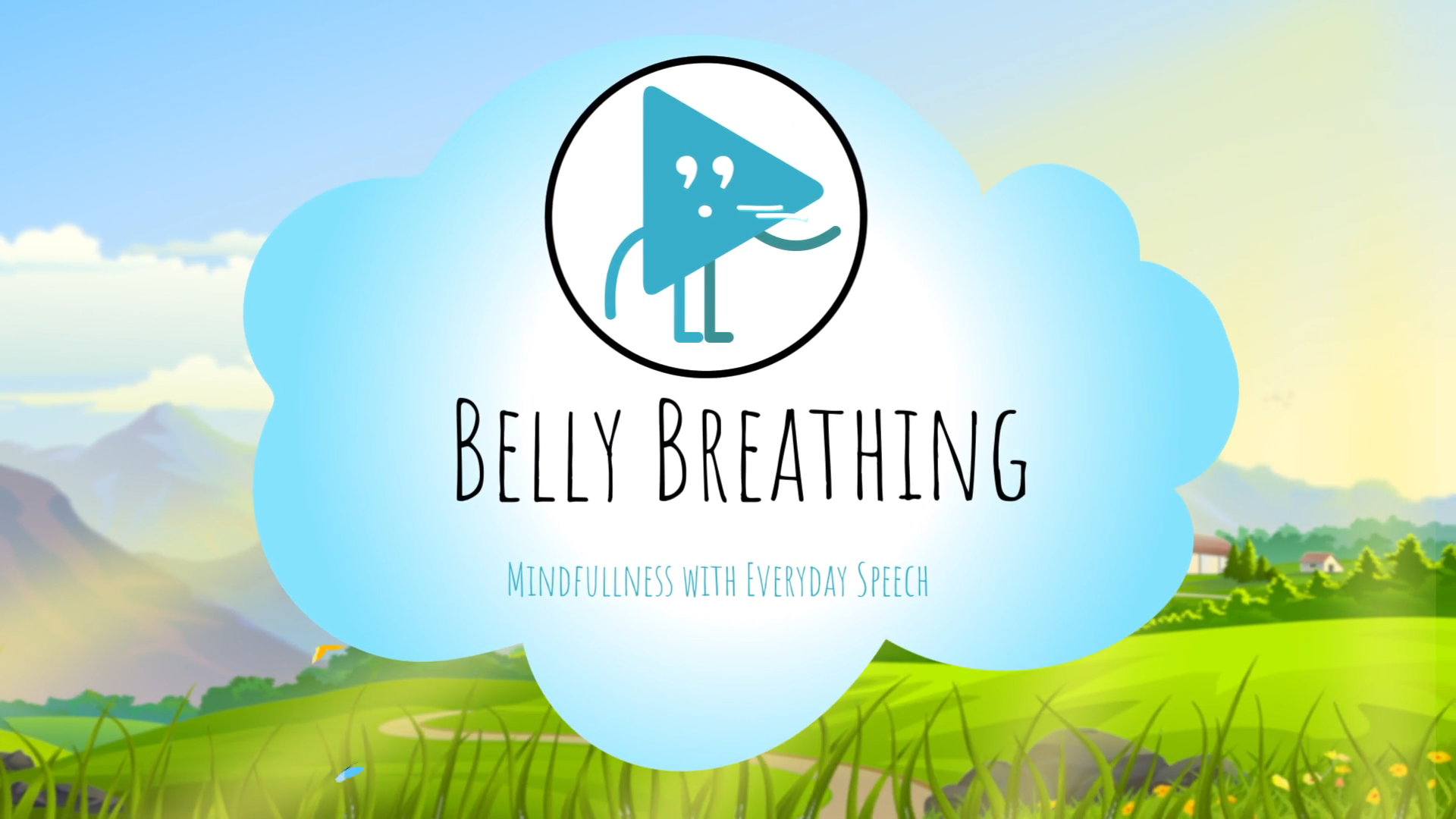
Introduction
In today’s fast-paced world, it’s common for both educators and students to feel overwhelmed or mentally overloaded. This mental clutter can feel like dark stormy clouds, making it difficult to focus and navigate through the day. One effective way to combat this overwhelm is by practicing belly breathing—a deep-breathing technique that helps calm both the body and mind. In this blog post, we’ll explore the benefits of belly breathing and provide an easy, no-prep activity to get started.
No-Prep Activity
This simple activity requires no extra preparation or materials from the educator, and can be done in a classroom setting or individually. Follow these steps to practice belly breathing:
- Find a comfortable seated position. Ensure your back is straight and your feet are flat on the ground.
- Place one hand on your belly and one hand on your chest.
- Close your eyes and take a deep, slow breath in through your nose for 5 seconds. Focus on filling your belly with air, allowing it to rise and push outwards.
- Slowly exhale through your mouth for 5 seconds, feeling your belly flatten as the air is released.
- Repeat this process for a few minutes, or until you feel a sense of calm and relaxation wash over you.
With regular practice, belly breathing can become an effective tool for managing stress and promoting emotional well-being in both educators and students.
Discussion Questions
Stimulate further conversation and reflection with these discussion questions:
- How did you feel before and after practicing belly breathing? What changes did you notice in your body and mind?
- In what situations can belly breathing be particularly helpful for managing stress and promoting calmness?
- How can incorporating belly breathing into your daily routine benefit both your personal and professional life?
- What other techniques or strategies can be used alongside belly breathing to support mental and emotional well-being?
- How can educators encourage students to practice belly breathing and other calming techniques regularly?
Related Skills
In addition to belly breathing, there are several other skills that can be beneficial for students and educators alike. Some of these include:
- Mindfulness and meditation: Practicing mindfulness and meditation can help improve focus, reduce stress, and increase self-awareness.
- Emotional regulation: Learning how to identify and manage emotions is crucial for maintaining mental well-being and fostering positive relationships.
- Active listening: Developing strong listening skills can improve communication and lead to better understanding between individuals.
- Conflict resolution: Knowing how to navigate and resolve conflicts in a healthy manner is essential for maintaining a positive learning environment.
Next Steps
If you’d like to explore more skills and activities related to social-emotional learning, be sure to sign up for free samples of the discussed skill and others at Everyday Speech. By incorporating these techniques into your daily routine, you can help create a more supportive and nurturing environment for both educators and students.

